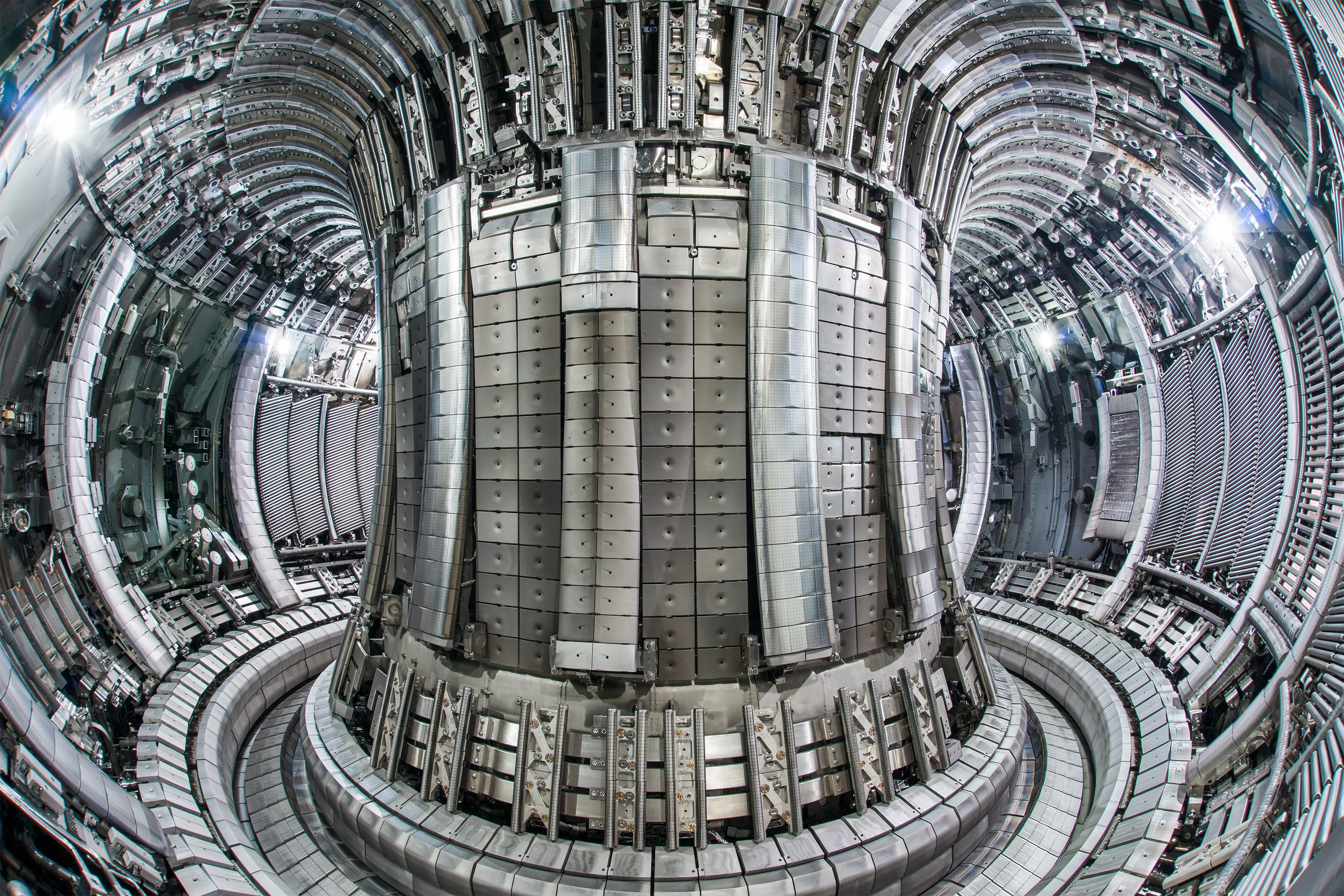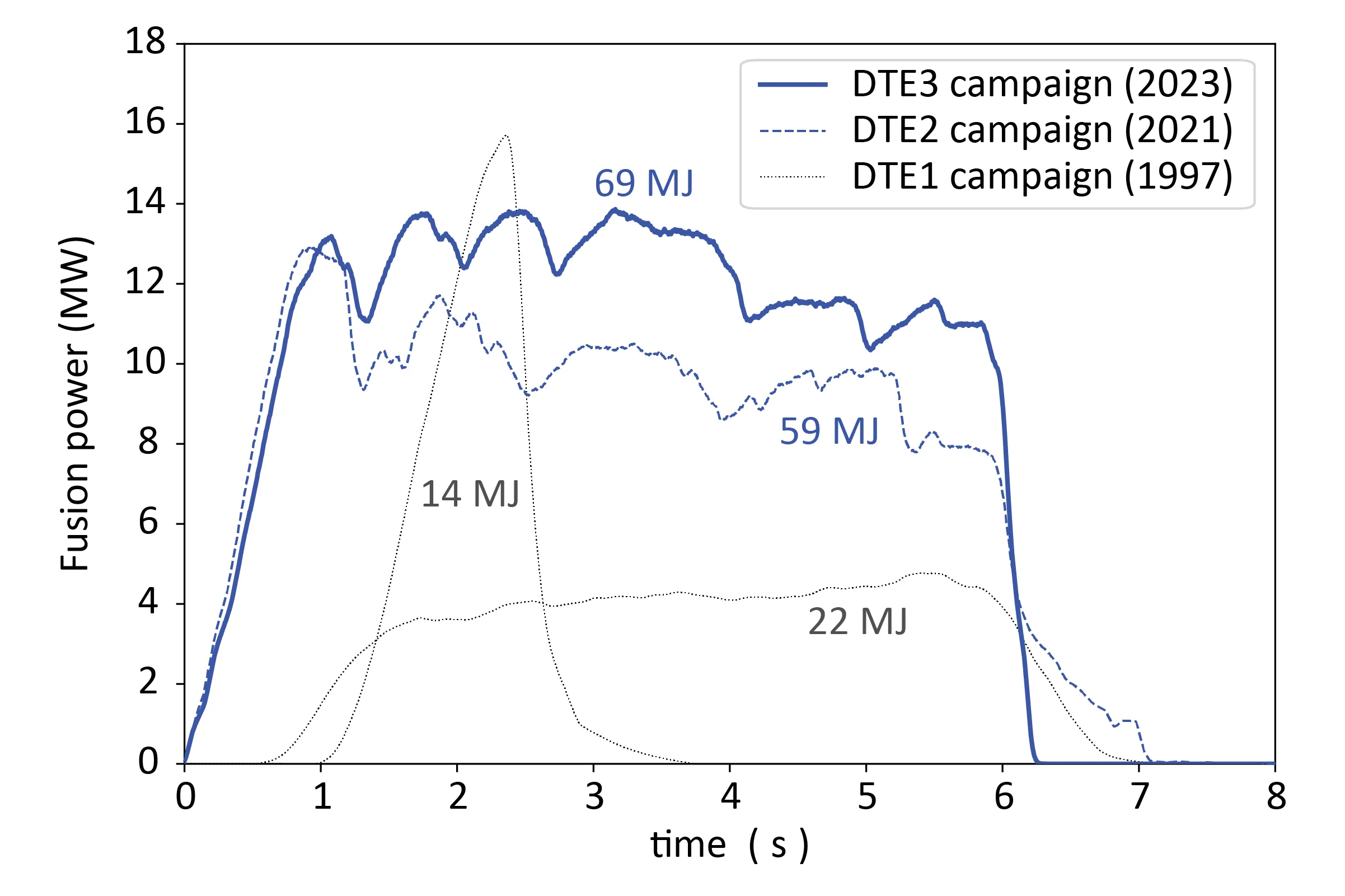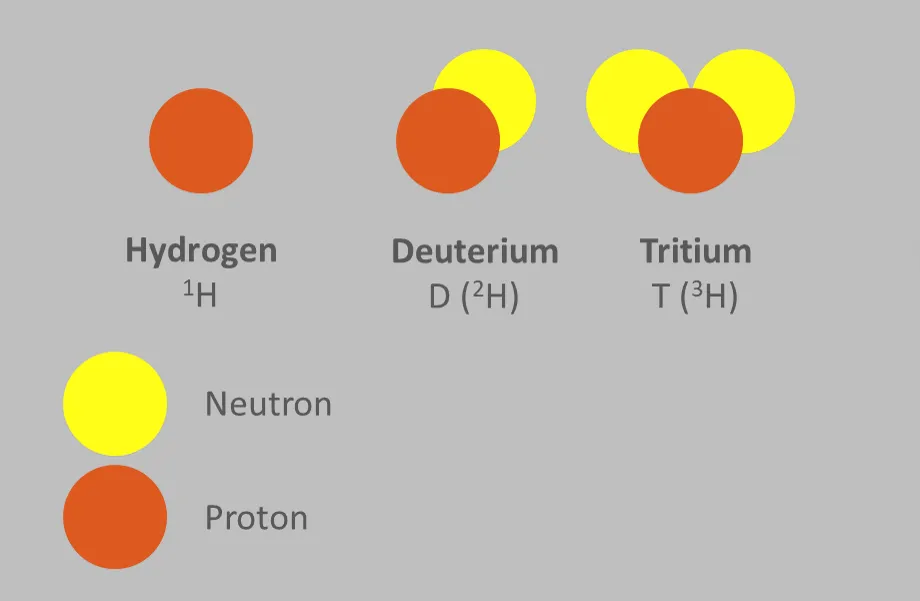New fusion energy record from JET's final tritium experiments
By Naomi Scott-Mearns and Melanie Windridge
The Joint European Torus (JET) fusion device broke another world record during its final deuterium-tritium (D-T) campaign, the UK Atomic Energy Authority announced on Thursday 8th February 2024.
Forty years and several world records later, JET is now entering the decommissioning phase.
So what have they done, and why is it significant?

The interior of JET ©United Kingdom Atomic Energy Authority
What have they done?
In JET’s final deuterium-tritium experiments (DTE3), high fusion power was consistently produced for 5 seconds. The experiment generated 69 megajoules (MJ) of energy using 0.2 milligrams of fuel.
This world record, set during JET’s final deuterium-tritium campaign at the end of 2023, builds on the previous world record achieved at the end of 2021 when JET produced 59MJ of energy and sustained that for 5 seconds.
Why is this result impressive? - Highest total fusion energy ever
69MJ of fusion energy produced is a world record – it’s the most fusion energy ever produced.
However, this was not an experiment aiming for breakeven (Q=1). Here, about 3 times more energy was injected to heat the plasma than was produced (Q~0.33).
For energy comparison, the NIF laser fusion experiment that exceeded breakeven produced 3.15MJ of energy from 2.05MJ laser input. So the total fusion output from this JET experiment was over 20 times more.
UKAEA stated that the 69MJ of energy released came from only 0.21 milligrams of fuel. According to EUROfusion News, 2 kilograms of coal would need to be burnt for the same energy output.

Record fusion pulses on the JET tokamak in 1997, 2021 and 2023. ©EUROfusion/United Kingdom Atomic Energy Authority
Why is it important? - Sustained fusion
The results are significant because a high performance plasma has been sustained for 5 seconds. That doesn't sound long, but it is long for a nuclear fusion experiment. If we can hold the fusion reaction stable for 5 seconds then it suggests we can hold it much longer in machines with increased capabilities.
Dr Fernanda Rimini, JET Senior Exploitation Manager, said: “We can reliably create fusion plasmas using the same fuel mixture to be used by commercial fusion energy powerplants.”
Rimini points to how this “advanced expertise” has been developed over time at JET to the extent that they can now achieve consistent, controlled fusion on Earth.
“The scientists at JET were able to reliably reproduce the necessary fusion conditions for the new record in multiple experimental pulses, demonstrating the understanding and control they have achieved over the complex fusion processes,” said EUROfusion News.
The experiments also fit well with simulations, which provides confidence when going forward and building pilot fusion plants.
Professor Sir Ian Chapman, UKAEA CEO, said: “JET has operated as close to powerplant conditions as is possible with today’s facilities, and its legacy will be pervasive in all future powerplants. It has a critical role in bringing us closer to a safe and sustainable future.
“JET’s research findings have critical implications not only for ITER – a fusion research mega-project being built in the south of France – but also for the UK’s STEP prototype powerplant, Europe’s demonstration powerplant, DEMO, and other global fusion projects, pursuing a future of safe, low-carbon, and sustainable energy.”
What’s next?
The UK has a plan to build the STEP pilot plant in the 2030s with electricity feeding the grid in the 2040s, and most private companies are aiming to get first fusion electricity sometime in the 2030s, so JET’s result bodes well for that. However, there are numerous challenges when moving from fusion experiments to fusion power plant.
Ultimately, these results give confidence for ITER and also for other future tokamaks around the world, including the UK’s STEP, the Chinese tokamak BEST and the SPARC tokamak of Commonwealth Fusion Systems. The latter two are under construction and both plan to operate with D-T this decade.
But these results could also be helpful for other non-tokamak fusion approaches – there are many different types of fusion experiment using D-T fuel and these results can help scientists learn about the physics of what’s happening in the fuel during fusion reactions.

Deuterium and tritium are two heavier variants (isotopes) of hydrogen. Together they make the most efficient and energy-rich fusion fuel we have. By bringing deuterium and tritium together in a 150 million degrees celsius plasma, we allow them to fuse into harmless helium and a fast neutron particle, which carries the bulk of the fusion energy out of the plasma in the form of heat. ©EUROfusion Consortium
JET has come to the end of its life and has entered a decommissioning phase. Lots of useful information has been gathered over JET’s working life and over the next decade more useful information will be learned from decommissioning. JET is the first fusion plant using D-T to undergo decommissioning in the UK and how we treat and dispose of the different materials will build important data for future commercial fusion plants and how they can sustainably and efficiently decommission.
Sir Ian Chapman says that the legacy of JET is the people. Many scientists (including the Director General of ITER, Pietro Barabaschi) began their careers at JET and are now working on nuclear fusion elsewhere around the world. As the fusion industry grows globally, JET acts as a shared heritage where many started out.
